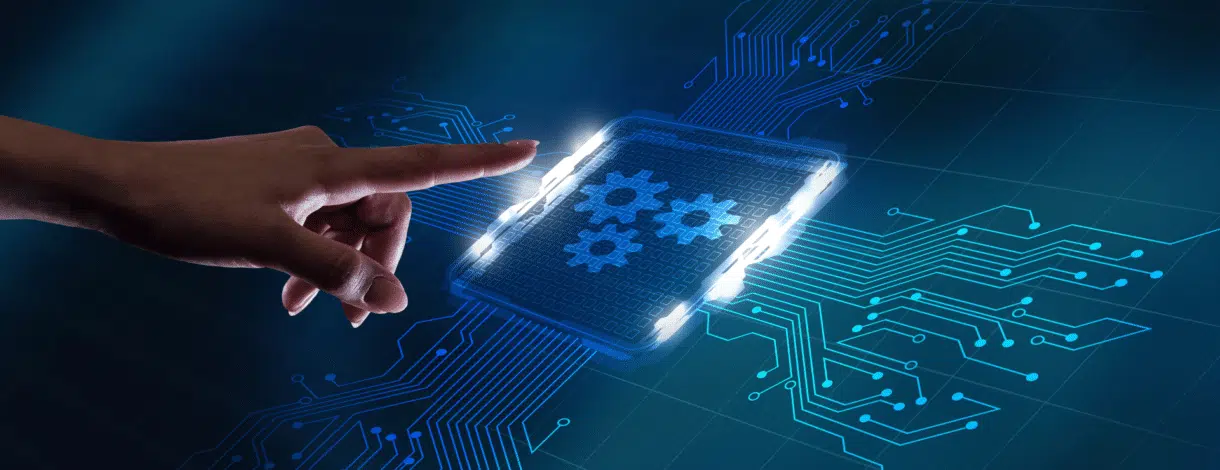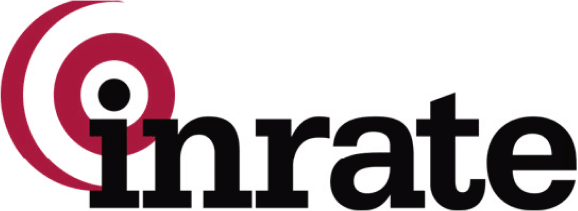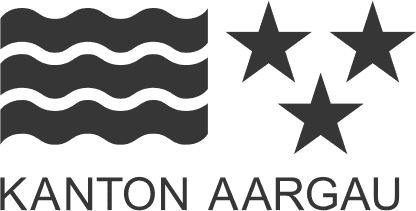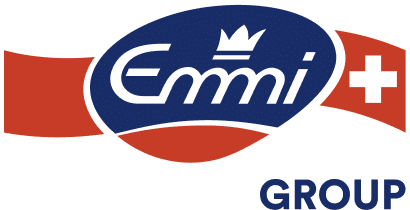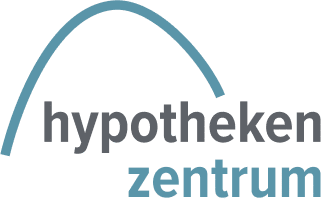Outdated software slows companies down: sooner or later, these so-called legacy systems must be modernized to remain functional and fit for the future.
- Many companies work with outdated software without realising it – this slows down innovation and digitalisation.
- Legacy systems cause high costs, technical dependencies and security risks.
- soxes brings over 20 years of experience in the professional modernisation of complex applications to the table.
